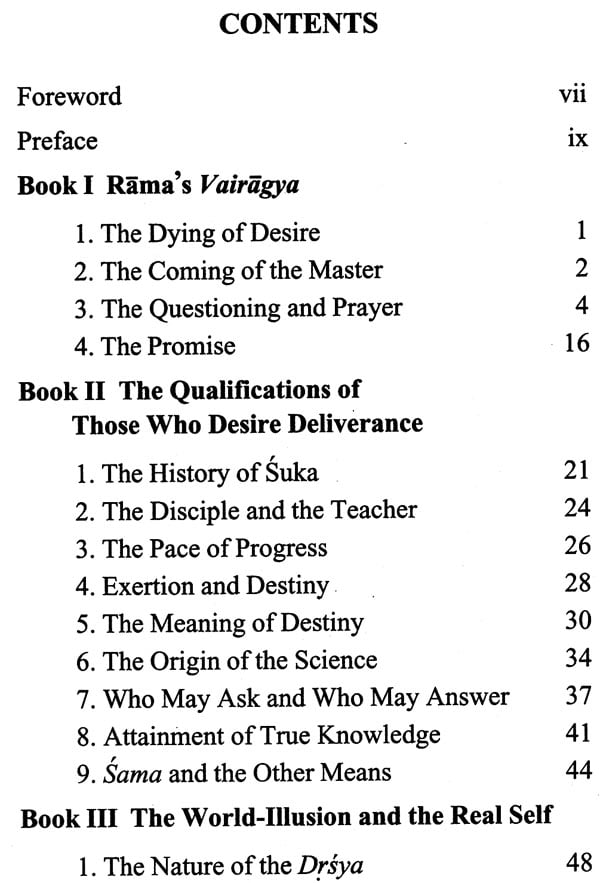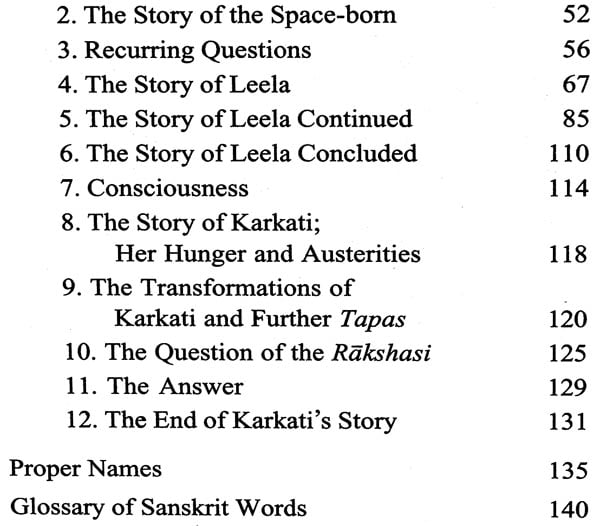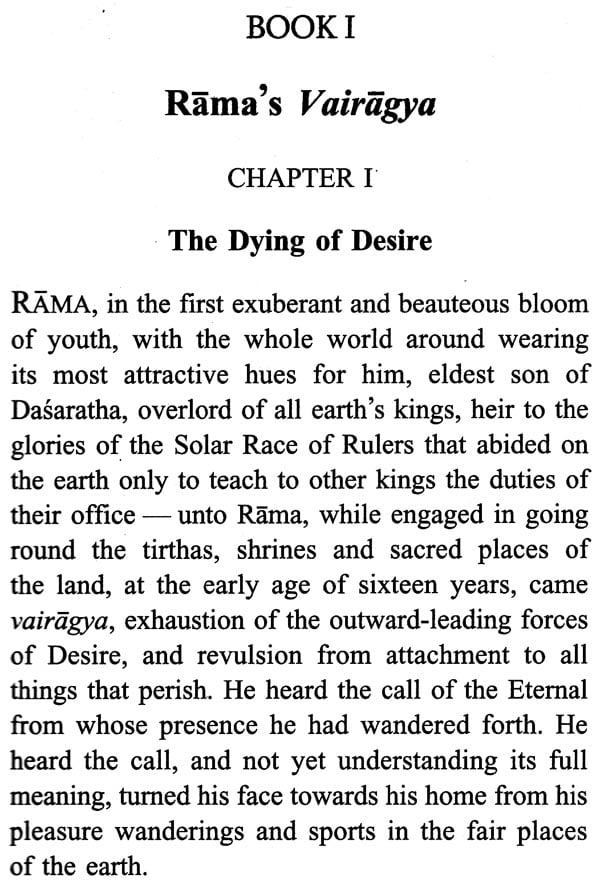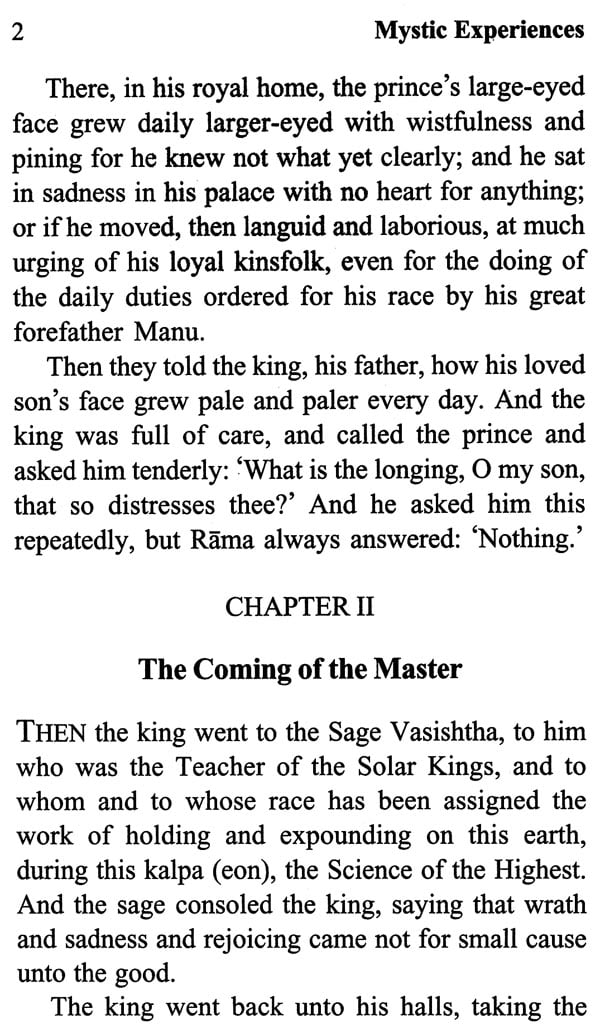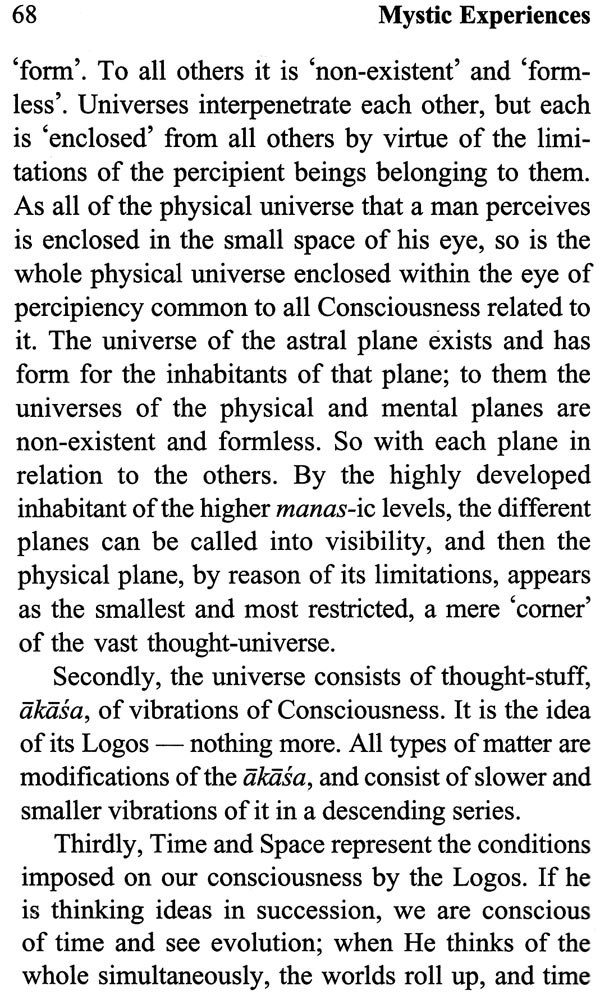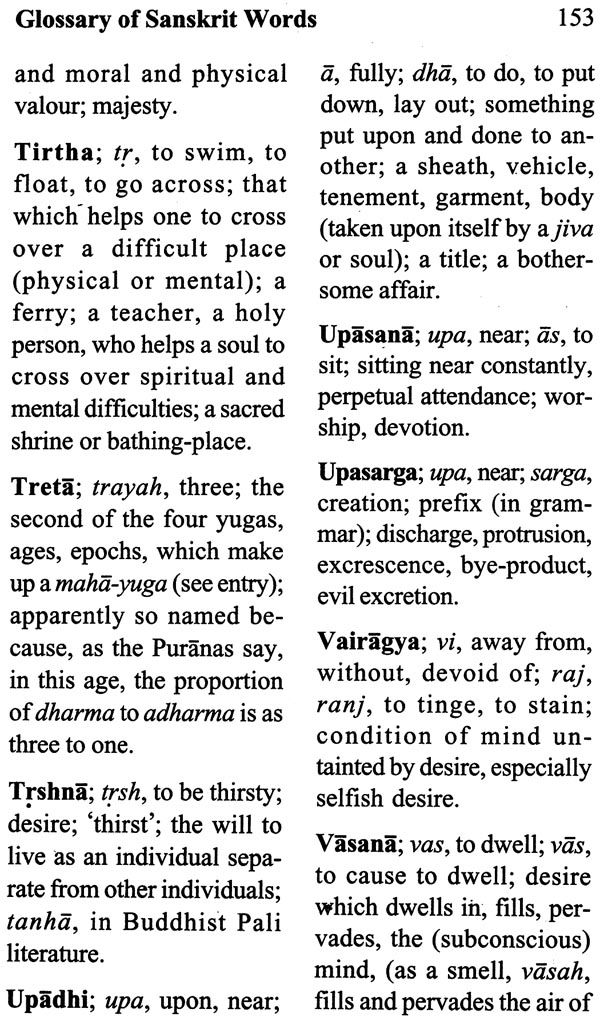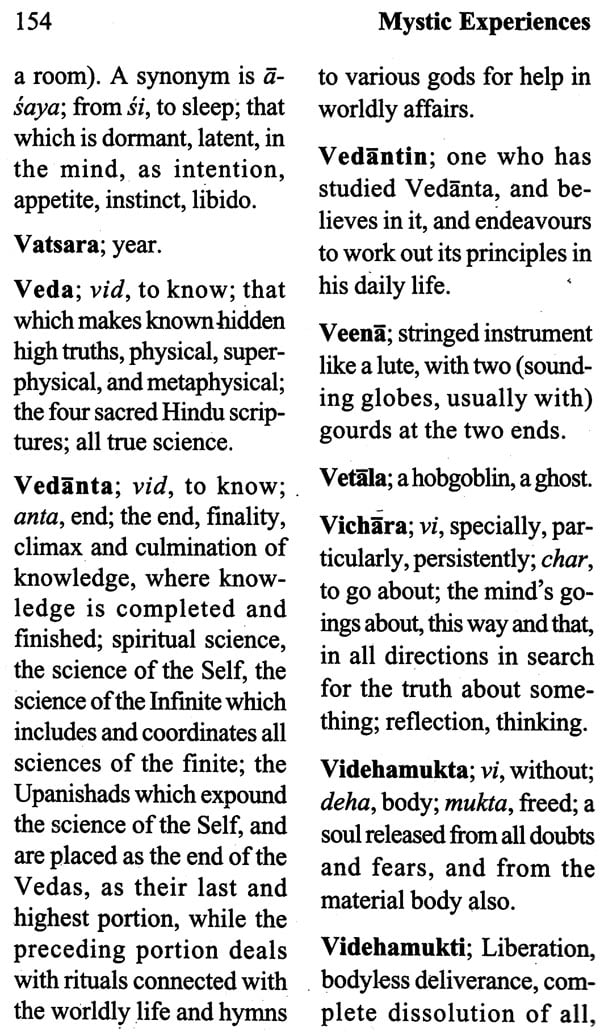Back of the Book Valmiki's Ramayana, the story of Rama and his defeat of Ravana, the evil King of Lanka, is well known to the world. However, it is said that Valmiki also wrote a less known book called Yoga Vasishtha or Vasishtha Ramayana, which describes the inner life of Rama, telling how he triumphed over foes within himself, and so prepared to fight and conquer, for the helping of the world, the outer evil forces rampant at that time. The Vedantins consider it as a work for the philosopher-yogi, who having mas-tered the theory, is passing on to the practice of it; whereas the well-known works like the Bhagavad-Gita and the Upanishads are meant for those who are yet trying to master the theory.
Mystic Experiences is a highly abbreviated version of the Yoga Vasishtha, with notes by Annie Besant elucidating some obscure portions in the book. It is structured in the form of stories and fables, with a philosophical foundation similar to those found in Advaita Vedanta, holding that the 'whole material world is the object of the mind'. The text is notable for expounding the principles of Maya. and Brahman, as well as the principles of non-duality, and its discussion of Yoga.
About the Author Dr BHAGAVAN DAS (1869-1958) joined the Theosophical Society in 1884, attracted by the stirring lectures of Annie Besant and her dynamic work for the regeneration of India. He was Secretary of the Board of Trustees of the Central Hindu College, where he was honorary lecturer of Sanatana Dharma. His distinguished career included membership of the Court of the Benares Hindu University. He was also Kulapati of the Kashi Vidyapith and General Secretary of the Indian Section of the Theosophical Society. Among his scholarly publications are Pranava Vada, The Science of Social Organization, The Science of Peace and The Science of the Emotions. He also assisted Annie Besant in translating the Bhagavadgita, and in preparing the Santana Dharma series of textbooks and The Universal Textbook of Religion and Morals. Dr Das was the first recipient of the Bharata Ratna, the highest civilian award given by the Indian government, for his erudite contributions to the study of Indian philosophy and culture.
Foreword Two histories the Sage Valmiki wrote, to teachthe growing world he loved so well, the way of virtue and of happiness. The one, intended for the younger souls, depicts the outer life of Rama, prince and king of Ayodhya, in the North, and tells of how he warred against and slew the evil king, Ravana, lord of Lanka in the South. This ancient book is known to the entire world as the Ramayana.
The other, less known, helpful at a later stage, is 135 called the Maha Ramayana, Greater Book, and it describes the inner life of Rama, telling how he triumphed over foes within himself, and so prepared to fight and conquer, for the helping of the world, the outer evil forces rampant at that time.
The story of this Greater Book is here essayed in brief.
Preface THE Yoga-Vasishtha, a Sanskrit work, in thirty-two thousand Rokas, or sixty-four thousand lines, is highly honoured among Indian Vedanta’s, for its philosophy and its hints on practical mysticism, as also its literary beauty and poetry. The saying about it, among the Vedanta’s, is that it is a work of the sadhana Avastha, that is, for the philosopher-yogi, who having mastered the theory, is passing on to the practice of it; while the other well-known works, even the Gita, the Upanishads, and the Brahma-sutras, are works of the sadhana-avastha, that is, for those who are yet trying to master the theory.
The very highly abbreviated version, of about a sixth of the work, which is here presented to the public, originally appeafed in The Theosophical Review (of London, then edited by Ivirs Annie Besant and Mr G. R. S. Mead), in 1899-1901. Mrs Besant very kindly added some valuable notes which greatly elucidate some very obscure portions of the 'Story of Leela'.
Friends have, from time to time, wished that the tales were rescued from the oblivion of the pages of a periodical. The present General Secretary of the Indian Section of the Theosophical Society,
Pandit Iqbal Narain Gurtu, kindly expressed the desire to fulfil that wish, through the publishing department of the Section. Thus the tales are re-appearing after having slept for nearly thirty years.
I have revised them, but with scarcely any alterations. There has been no opportunity to submit her notes to Mrs Besant, for revision. They have been printed exactly as they first appeared.
Book's Contents and Sample Pages
